As some of you may know, we’ve been racing to stop the spread of the ocean’s silent killer, Stony Coral Tissue Loss Disease (SCTLD). We call it “Coral COVID” because once it makes its way to a reef, it kills corals rapidly and spreads with an unprecedented ferocity.
But now, our hard work has been featured in National Geographic and we’re grateful for the opportunity to spread more awareness about this devastating disease impacting waters in Florida, The Bahamas and the Caribbean at large.
To read the National Geographic article and share it with your networks, click here.

About the disease
SCTLD is lethal and catastrophic, propagating via water currents and affecting at least 20 species. Imagine massive colonies of brain, star and pillar corals crumbling into white, algae-covered skeletons. That’s what’s happening, and it’s turning reefs once teaming with life into desolate graveyards.
“Colonies that took hundreds of years to grow can be wiped out in a matter of weeks,” said Dr. Craig Dahlgren, emphasizing the disease’s devastation here in The Bahamas, particularly on reefs around Grand Bahama and New Providence.
“Climate change and the deadly outbreak of SCTLD are a double blow that will put an end to coral reefs in The Bahamas unless we act now,” added Dr. Karlisa Callwood, a marine biologist and the Director of Community Conservation, Education and Action at PIMS. “Stony Coral Tissue Loss Disease is spreading like wildfire and destroying our coral reefs – this is reality and demands urgent attention to save The Bahamas’ primary tourism product.”

How you can help
There are a few things each of us can do to stop the spread of SCTLD, and it begins with education.
1- Learn to identify the disease. That way, if you see the tell-tale signs of white, exposed skeletal patches on corals (especially brain, pillar and star corals), you can report it on our website.
2- If you’re scuba diving in the Caribbean, please disinfect your gear after each dive to prevent the accidental transmission of this disease between reefs. Dunking your gear in a bucket of sodium percarbonate & seawater works well for this. For more detailed information, check out the poster below!
3- Lastly, consider supporting our work by donating. We’re a 501(c)(3) non-profit with a home in The Bahamas and a reach throughout the Caribbean. All donations are tax-deductible.

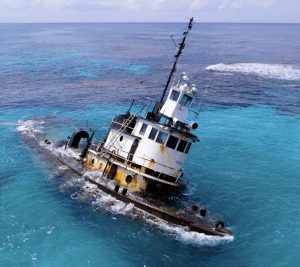
A Year Later, Stranded Tug and Barge Still Scars Reef in Fowl Cays National Park–Residents Demand Accountability
A haunting aerial view of the grounded tug and barge in Fowl Cays National Park—still embedded in coral a year later, a stark reminder of the cost of inaction. Photo
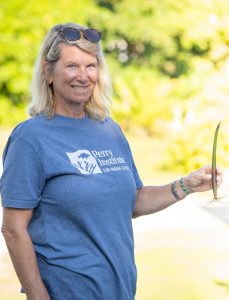
Women Leading Mangrove Restoration in The Bahamas
Have you ever wondered who’s behind the scenes saving our environment, right in our own backyard? Picture a group of energetic, determined women rolling up their sleeves and diving into
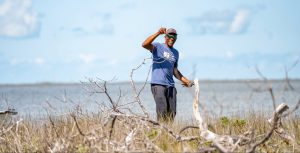
Rewilding the Marls of Abaco: PIMS Plants 100,000 Mangroves and Counting in 2024
As the afternoon sun bathes the Marls of Abaco in golden light, Bahamian boat captain Willis Levarity–locally known as “Captain to the Stars”–stands ankle-deep in soft, warm mud. A broad
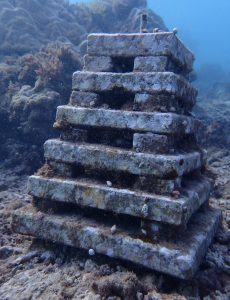
Unveiling Coral Reef Biodiversity: Insights from ARMS Monitoring Structures
An ARM teeming with new coral recruits and a diversity of marine life, highlighting reef recovery and biodiversity Understanding Coral Reef Biodiversity Most new PhDs in the natural sciences move
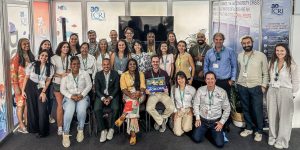
7 Key Takeaways from COP16: Confronting Coral Reef Challenges in a Changing Climate
United #ForCoral: Experts, advocates, and leaders from across the globe join forces at COP16 for the #ForCoral conference, hosted by the International Coral Reef Initiative. Together, they’re driving urgent action
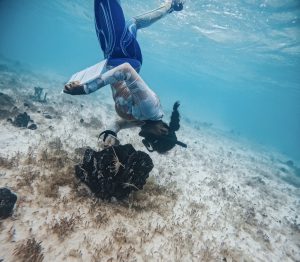
Fieldwork Wrap-Up: Strengthening MPA Management in The Bahamas
Marine protected areas (MPAs) are critical tools in the conservation of marine species and habitats, safeguarding reefs, seagrasses, and mangroves that provide vital ecosystem services to coastal communities. At the
